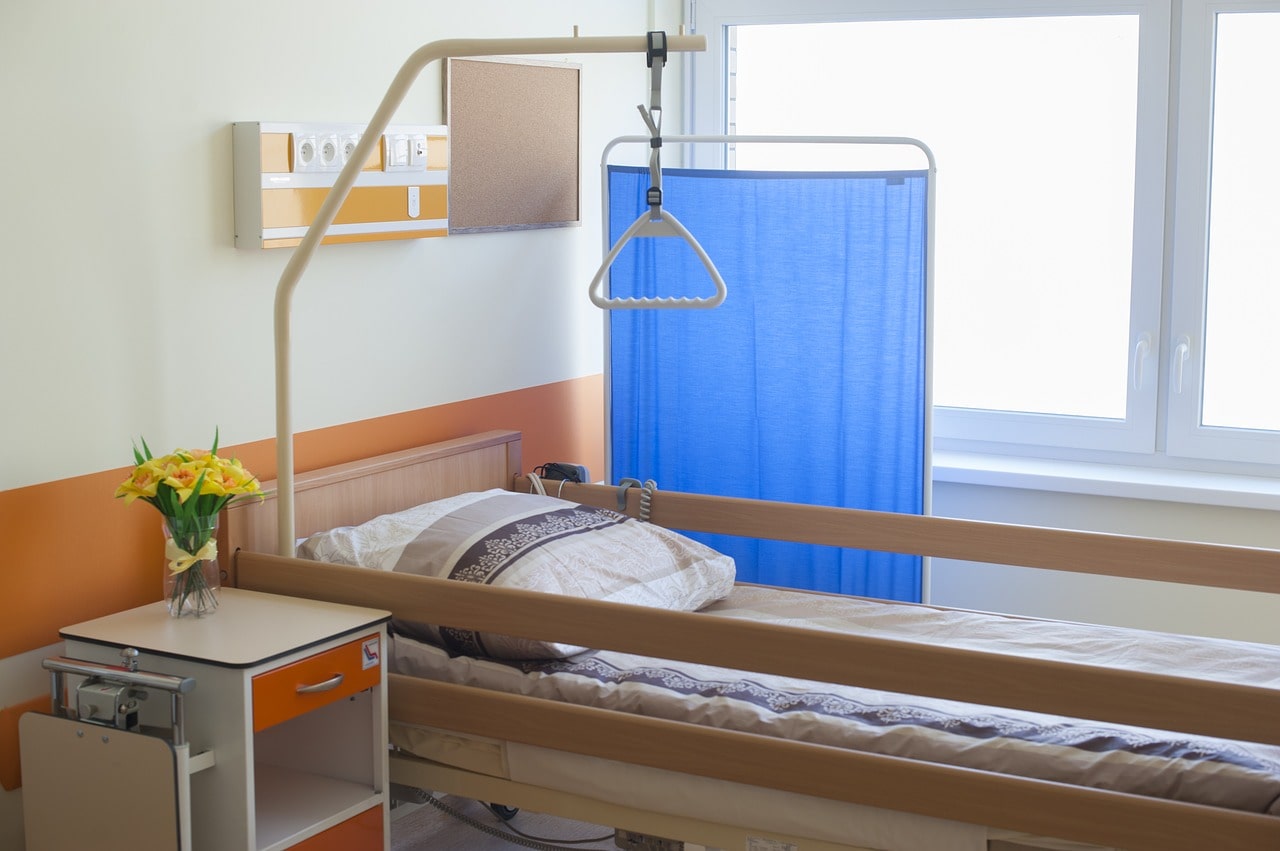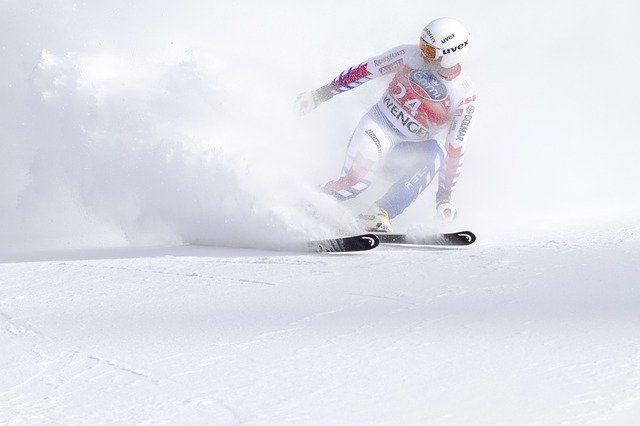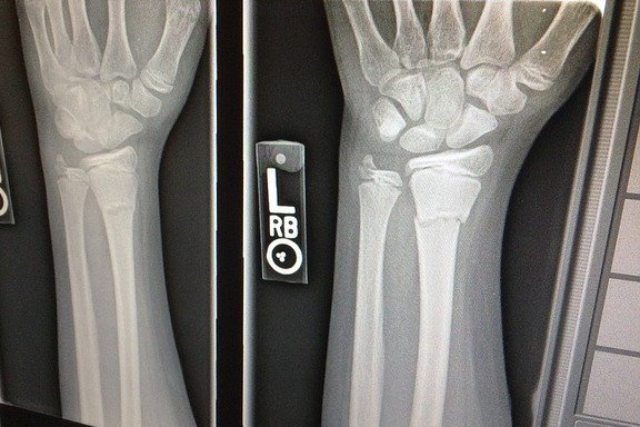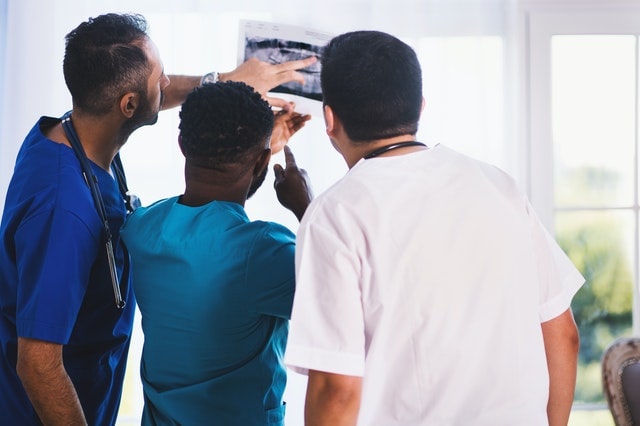
The Most Common Ski Injuries and Your Right to Compensation In Case of Ski Accidents






Understanding and Preventing Common Ski Injuries
Skiing in Vermont delivers an exhilarating rush as you carve through pristine slopes and fresh powder. Unfortunately, it also carries real risks. A significant number of skiing incidents occur every year, resulting in a range of injuries from sprains to head trauma. Industry reports say that around 40 people across the country suffer serious injuries annually while skiing or snowboarding, and thousands more sustain less critical but still painful harm.
A joyful winter outing can end in life-altering injuries. Although ski injuries may seem like an accepted part of the sport, many accidents happen because someone else failed to uphold their responsibilities—ultimately leaving you or a loved one with physical, emotional, and financial burdens you never anticipated.
At Sabbeth Law, we believe you shouldn’t have to shoulder these costs alone, especially when negligence by another skier, a resort operator, or an equipment provider leads to your accident. We’re here to protect your right to fair compensation. Below, we explore key information about ski injuries, including the most common types, how they occur, and strategies for prevention.

Key Facts About Ski Injuries in Vermont
Under Vermont law, any person who is claiming damages from an accident is required to show four elements to succeed in a personal injury claim. They are duty of care, breach, causation, and damages. So, whether your injury stemmed from another skier violating safety codes or a resort’s negligence, you’ll generally need to prove the following:
- Duty of Care: Another party had a legal obligation to act reasonably to avoid harming you.
- Breach of Duty: That person or entity failed to meet this responsibility—such as a reckless skier or a faulty equipment provider.
- Causation: Their failure to act reasonably caused your injury.
- Damages: You suffered losses like medical expenses, pain and suffering, and lost wages.
Vermont follows a comparative negligence rule (12 V.S.A. § 1036). This means you can still recover damages even if you were partly at fault for your ski accident, provided your share of liability doesn’t exceed 50%. This makes thorough documentation and prompt legal support essential for maximizing your recovery. You remain responsible for supplying convincing evidence that someone else’s negligence played a central role in your injury, a task often requiring legal skills. We’re here to guide you through that burden of proof under Vermont law.
Our firm understands these challenges, and we apply our knowledge of Vermont’s accident laws to protect your rights and pursue comprehensive compensation.
Contact UsMost Common Ski Injuries and Their Causes
While skiing carries inherent risks, certain types of injuries appear far more frequently. Knowing where the risks lie can help you take proper precautions and recognize when another party’s negligence may have contributed to your damages. At Sabbeth Law, we focus on ensuring that if someone else is at fault, they’re held responsible for your expenses, pain, and suffering.
Below are some of the most common ski injuries and the circumstances leading to them:
Knee Injuries
Roughly 30-40% of all skiing injuries affect the knee, particularly the ACL and MCL. Some common scenarios include:
- “Phantom Foot” Falls: Falling backward while the downhill ski acts as a lever, twisting the knee.
- Catching an Edge: Sudden resistance on a ski edge that torques the knee unexpectedly.
- Improper Jumps: Landing incorrectly in a back-seated position.
- Collisions: Direct impacts with other skiers or objects that stress and tear ligaments.
These serious ligament tears often need surgical repair and months of rehabilitation. Medical specialists can determine not just immediate treatment needs but also potential long-term care and lost income.
Traumatic Brain Injuries
Although helmet use has grown more popular, head injuries still account for 10-15% of ski injuries and factor into most skiing-related fatalities. Skiers risk serious concussions or traumatic brain injuries when:
- High-Speed Collisions: Crowded slopes, reckless passing, or out-of-control skiers can cause severe head impacts.
- Falls on Ice: Hard-packed or icy patches provide little cushion for the head in a fall.
- Striking Fixed Objects: Trees, support towers, and other structures cause life-threatening injuries at high speed.
- Terrain Park Accidents: Misjudged landings on jumps or aerial tricks gone wrong.
The impact of a head injury can range from short-term disorientation to permanent disability. You deserve compensation that addresses your current and future needs.
Upper Body Fractures
Naturally, many skiers extend their arms instinctively to break a fall. Unfortunately, this can lead to:
- Shoulder Injuries: Clavicle breaks, rotator cuff tears, and shoulder dislocations often result from direct impact or forced twisting.
- Wrist and Thumb Injuries: “Skier’s thumb,” involving the ulnar collateral ligament, arises when someone lands on an outstretched hand with a pole in grip, along with common distal radius fractures.
- Forearm Fractures: Occurring in more violent falls or collisions.
A shoulder or wrist fracture can be debilitating, especially if you rely on manual tasks at work. Thus, your compensation should include lost wages, among others.
Lower Leg Fractures
Improved bindings and boots have reduced the incidence of lower leg breaks compared to previous decades, but they still happen and can be severe. Causes commonly include:
- Bindings that fail to release when a skier falls.
- High-impact collisions or crashes on rocks and trees.
- Improperly adjusted or maintained rental equipment.
- “Boot-top” fractures where rigid boot edges create a fulcrum against the tibia.
Often requiring surgical placement of hardware and extensive rehab, these injuries can sideline a person for months. We will work to recover full compensation for not only your current medical bills but also whatever future costs you might face.
Spinal Injuries
While not as common as knee or wrist injuries, spinal traumas can be catastrophic. We’ve seen severe cases where skiers experience compression fractures or complete spinal cord damage, resulting in partial or total paralysis. Typical causes include:
- Landing violently off jumps or in terrain parks.
- Collisions at high velocity with trees, lift poles, or other skiers.
- Twisting falls where the torso moves but the legs remain locked by skis or bindings.
We know that spinal injuries frequently necessitate lifelong care, specialized therapy, and major lifestyle adjustments. Our spinal injury attorneys aim to secure compensation that reflects the magnitude of these ongoing needs.

Prevention Strategies and Safety Tips
Although skiing inherently has risks, proper planning and awareness can go a long way in reducing the likelihood of accidents. Preventive measures can make the difference between a memorable day on the slopes and months of painful recovery. When someone else’s negligence comes into play, these safety steps are even more critical for defending your rights if an accident occurs:
- Use Proper Equipment: Helmets drastically reduce head trauma. Bindings must be professionally adjusted for your height, weight, ability, and preferred terrain.
- Physical Conditioning: Strengthen your core and leg muscles before and during ski season. Tired, unconditioned muscles are more prone to injury.
- Follow Safe Technique: Learn how to fall properly (rolling rather than bracing) and avoid terrain beyond your skill level. Consider lessons if you’re new or leveling up.
- Stay Hydrated & Rested: Fatigue and dehydration elevate your risk for accidents, especially late in the day when slope conditions may deteriorate.
- Be Aware of Surroundings: Keep an eye on changing weather, ice patches, or sudden obstacles. Be cautious in crowded areas and follow posted signage.
- Watch Others’ Behavior: Skiers not following the responsibility code or skiing out of control can cause collisions. If you notice dangerous behavior, keep your distance or notify resort staff.
- Avoid Impairment: Alcohol or substances massively increase the risk of mistakes and collisions. We strongly recommend skiing sober at all times.
While taking these precautions reduces your risk, not everyone on the slope does the same. If your injury arises from another’s recklessness or negligence, a thorough approach to evidence gathering is fundamental to strengthen your position.
Contact UsHow a Vermont Ski Lawyer Can Help
Multiple factors can turn a day on the slopes into a nightmare—from careless high-speed collisions to poorly maintained ski lifts. If you’ve sustained serious injuries due to someone else’s carelessness, you have the right to seek compensation for medical bills, lost wages, and more.
Working with an experienced legal team after a ski accident can be essential for several reasons:
- Thorough Investigation: We move quickly to gather evidence—securing photos, video footage, witness statements, and documentation on slope conditions or ski equipment.
- Proving Negligence: We identify where third-party negligence occurred, such as another skier violating the responsibility code or a ski resort failing to mark hazards.
- Access to Experts: Our network of safety experts, accident reconstructionists, and medical professionals helps clarify liability and establish the severity of your injuries.
- Strategic Negotiation: We handle challenging negotiations with insurers who often try to minimize payouts or shift blame. When abuse of the “assumption of risk” defense arises, we push back to demonstrate that true negligence should not be excused.
- Litigation Experience: If settlement talks fail, we’re fully prepared to fight for your rights at trial.
At Sabbeth Law, we know your pain and your struggles. We ensure your story is heard, your legal rights are upheld, and the responsible party is held accountable. Ultimately, we fight so you can move forward with the resources—and peace of mind—you need.

Get Prompt Legal Help if You Are Injured in a Ski Accident
If you or a loved one suffers a skiing injury, it’s crucial to act quickly. Evidence such as weather records or witness statements can become harder to secure over time. Vermont also imposes strict deadlines, so delaying can jeopardize your claim. At Sabbeth Law, we have deep experience navigating these time-sensitive legal processes.
Our team begins with a thorough investigation—digging into maintenance logs, interviewing witnesses, reviewing rental equipment records, or engaging experts to examine collisions. Our focus is ensuring you get fair compensation for your losses, including:
- Immediate and long-term medical expenses
- Lost wages and any future loss of earning capacity
- Pain and suffering, including emotional distress
- Rehabilitation and physical therapy
- Accommodations for permanent disabilities
We’re familiar with insurance tactics, especially where resorts or equipment providers try to shift responsibility. We stand firmly on your side during negotiations, ensuring insurers acknowledge the full scope of your damages. If necessary, we’ll take your case to trial, using our resources and in-depth legal knowledge to fight aggressively in court.
Ski injuries are stressful enough without facing an uphill legal battle on your own. If you need experienced representation, contact Sabbeth Law for a free consultation. Let us handle the complexity of building and proving your claim while you concentrate on your health and well-being.
Contact UsPractice Areas
Client Testimonials
LUKE PARMENTER“Immediately after my son’s injury at work, he was treated poorly. Over the course of the next few days it became even worse, so I called Mike and he and Crystal have been absolute lifesavers during the process. Mike is not your typical stuffed suit lawyer who only cares about the bottom line he genuinely cares about his clients and his assistant Crystal is beyond amazing! My thanks to you both!”
Client Testimonials
“Immediately after my son’s injury at work, he was treated poorly. Over the course of the next few days it became even worse, so I called Mike and he and Crystal have been absolute lifesavers during the process. Mike is not your typical stuffed suit lawyer who only cares about the bottom line he genuinely cares about his clients and his assistant Crystal is beyond amazing! My thanks to you both!”
LUKE PARMENTER
“I could never ask for a better attorney, to fight for me, to believe in me, and have faith in me, than what I found in Mike Sabbeth, He doesn’t treat you like a client, he treats you as if you are one of his own family members, He will fight for you, with all he has, and is ALWAYS up front and honest with you about everything!”
SANDRA DRUGE
